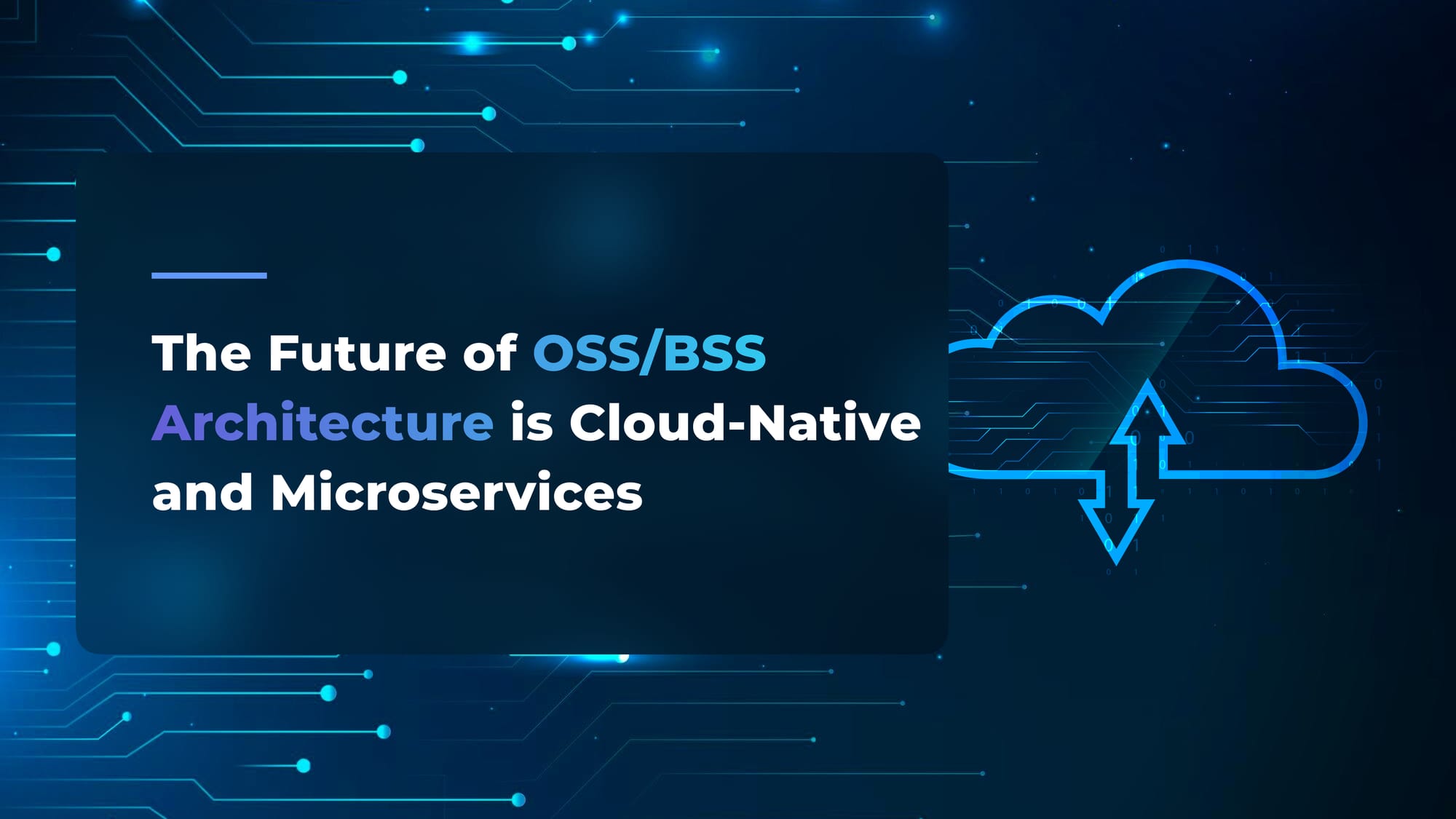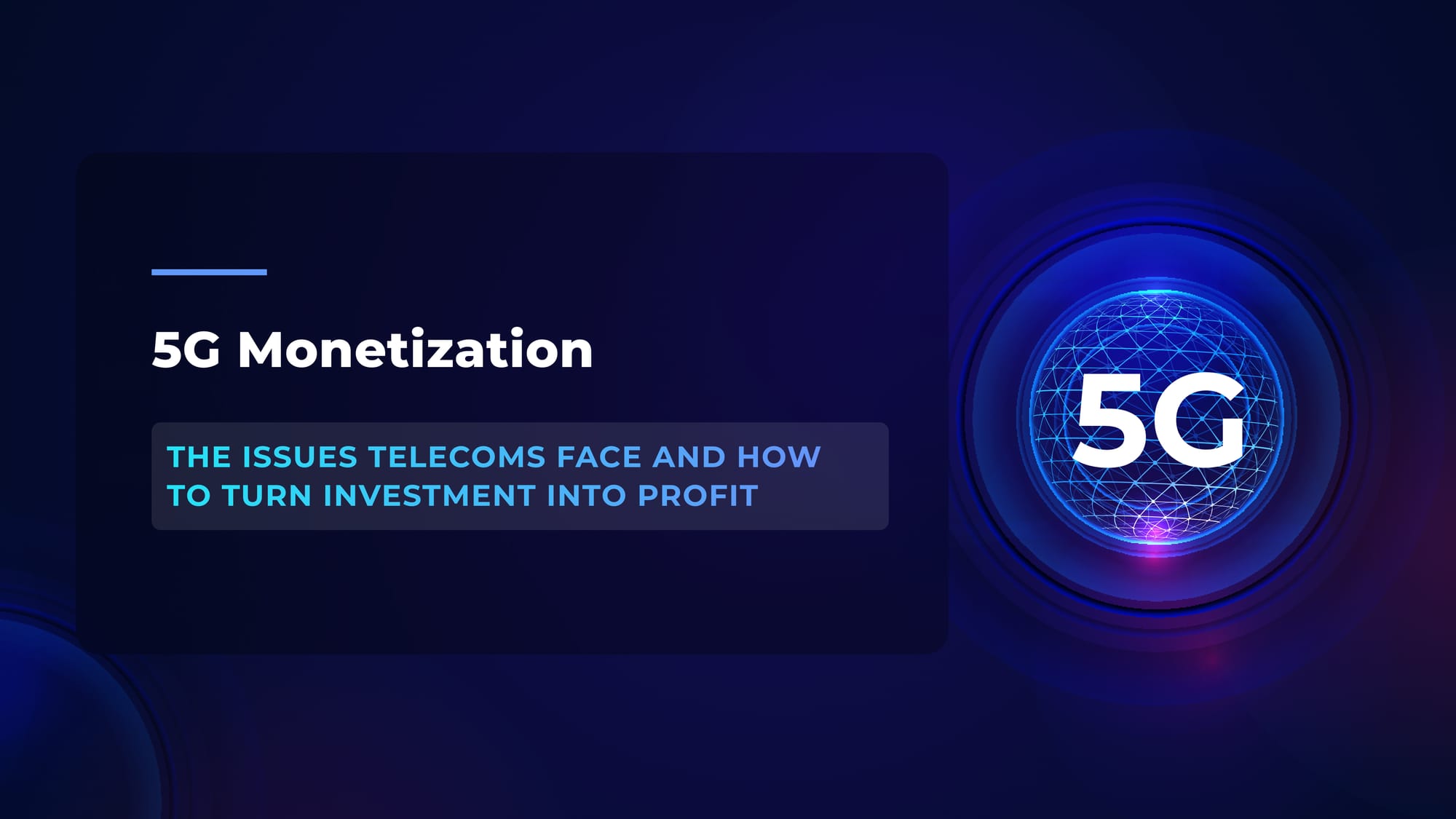5G Network Slicing for Roaming and NaaS: A Game-Changer for Telecom Monetization
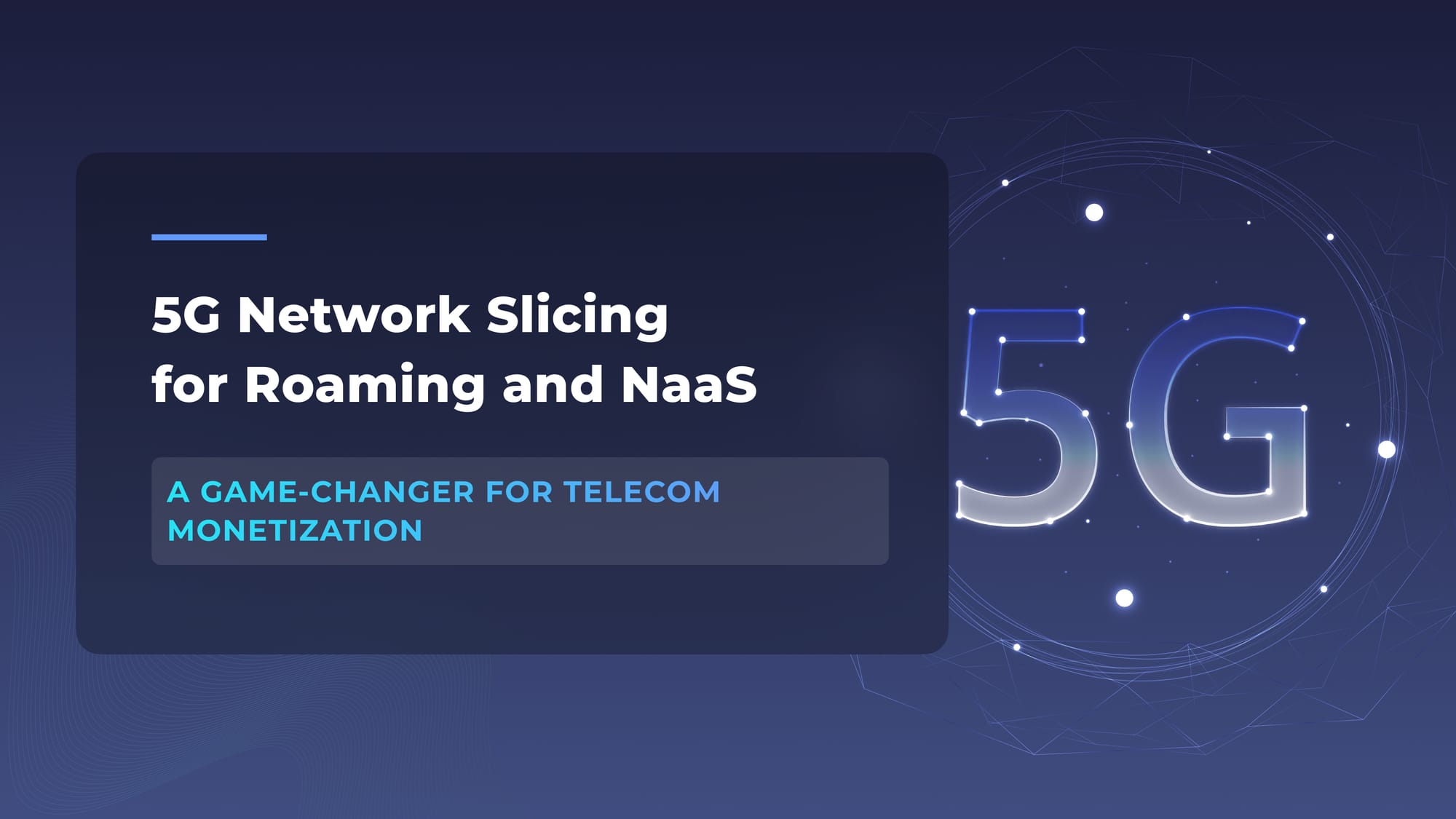
The investments required to build and operate new 5G networks are substantial. Yet, the returns telcos are seeing from these networks remain quite low — typically between 1.5% and 4.5%. But what choices do operators have, when 5G is essential for their future competitiveness and market relevance?
Take it from Deutsche Telekom’s CEO, Tim Höttges, who recently said, "Everybody else is complaining that you can’t make money with 5G, but I can assure you, 5G is our success story." The fact is, the opportunity is there — it's all about tapping into the right strategies. If you're ready to turn 5G into your own success story, keep reading.
As a software development team that has worked closely with telecom companies for over a decade, we at Flyaps see significant potential in 5G network slicing, particularly for applications like roaming and Network-as-a-Service (NaaS). Network slicing allows operators to offer more personalized, flexible, and scalable services. Better services = new revenue opportunities. Want some proof?
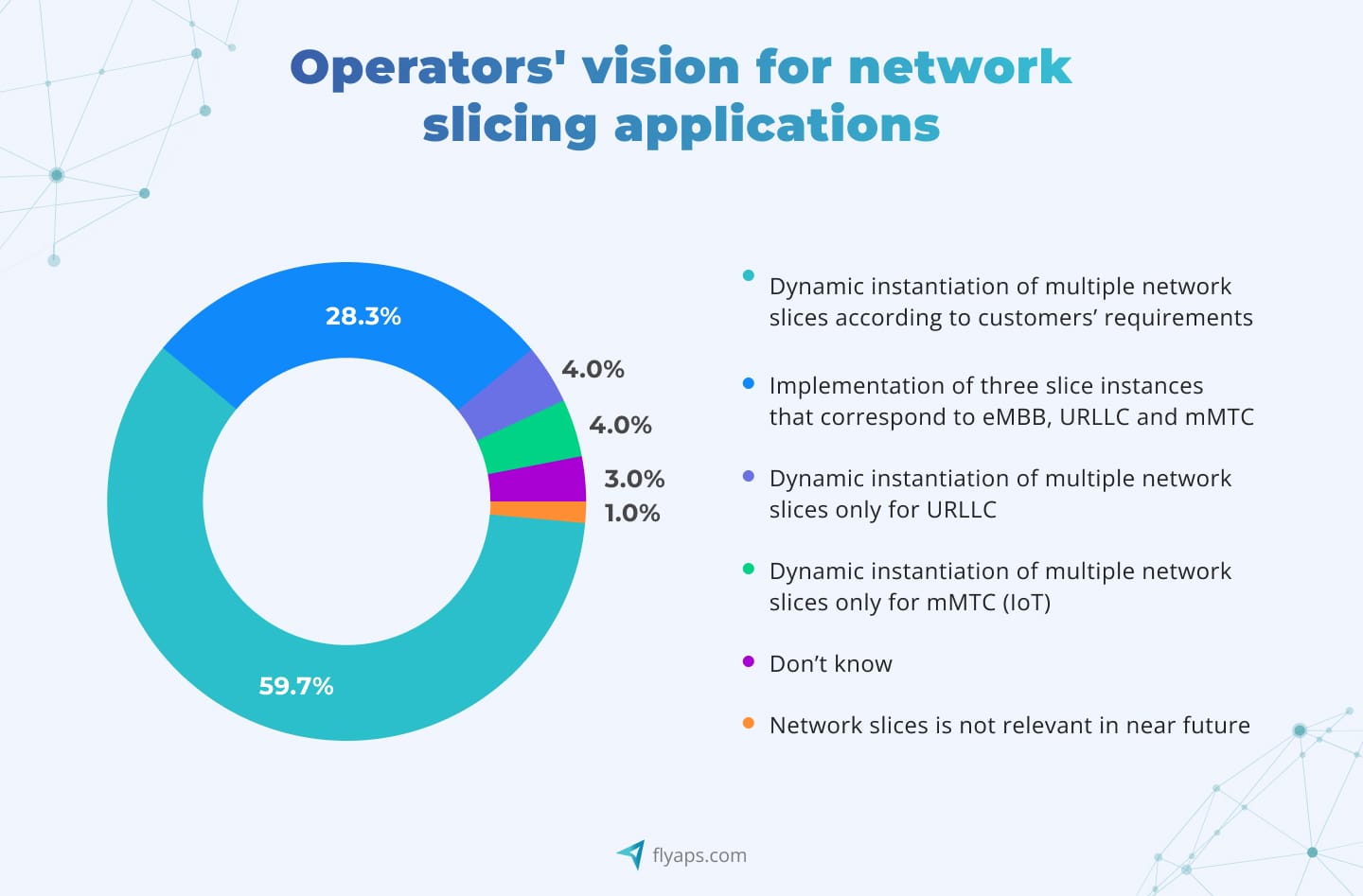
What is 5G network slicing?
Before we dive into monetization opportunities with roaming and NaaS, let's first explore what 5g network slicing is and how the 5G network slicing architecture works.
5G network slicing is a specific setup that divides a single physical network into multiple virtual networks, known as “slices.” Each of these 5G network slices can be set up for different purposes and unique requirements. This way, communication service providers can optimize their network resources efficiently. Each slice operates independently, even though they share the same common physical infrastructure.
For example, while one 5G network slice could handle high-speed data transmission in enhanced mobile broadband (eMBB) services, another could be dedicated to ultra-reliable low-latency communication (URLLC) for critical applications like autonomous vehicles or industrial automation. Another slice might support massive machine type communications (mMTC) for IoT devices.
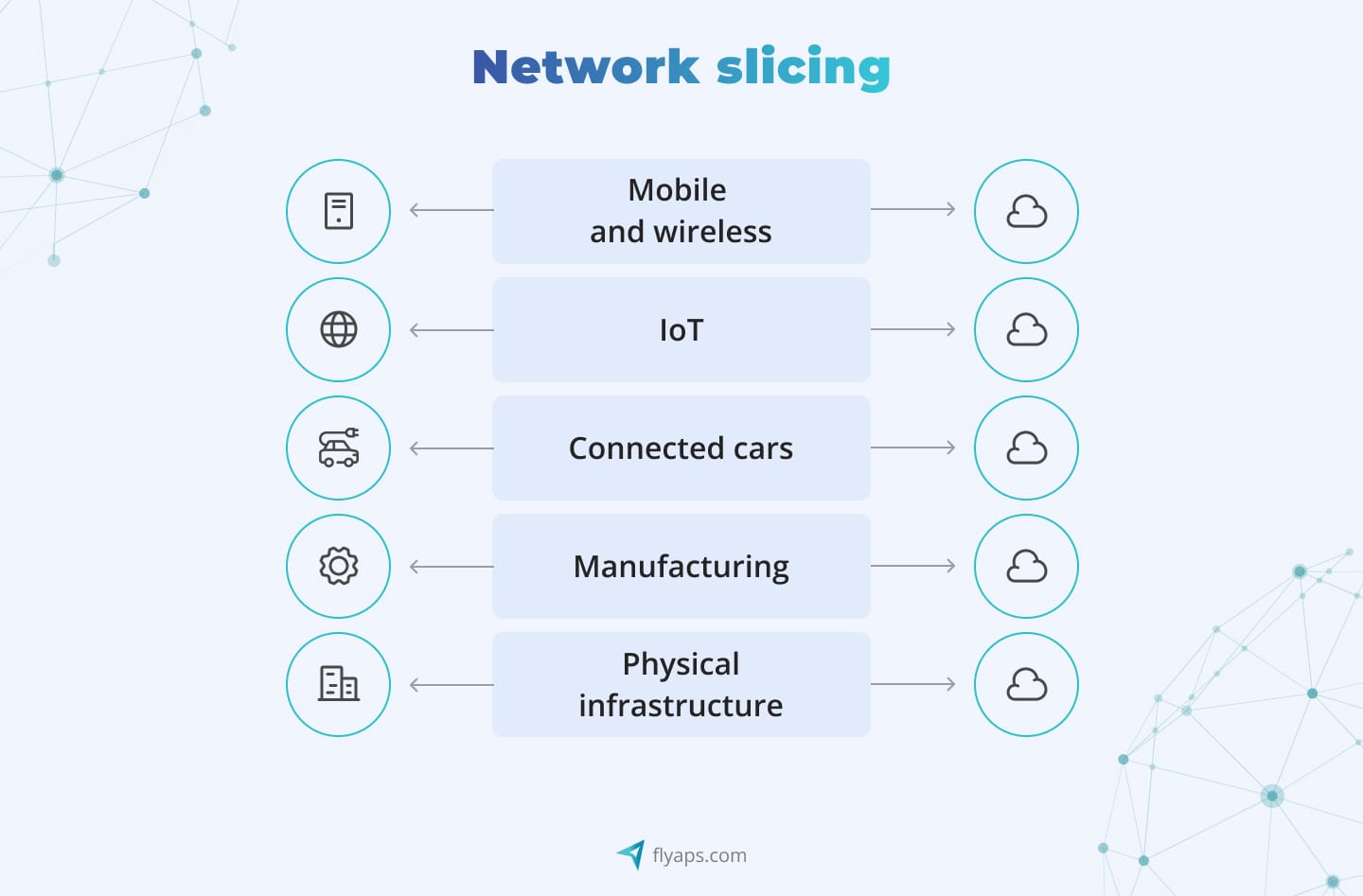
5G network slicing architecture
The 5G network slicing architecture typically uses technologies like network function virtualization (NFV) and software-defined networking (SDN). Using SDN enables centralized control over how network resources are distributed, while NFV allows the virtualization of essential network functions, such as security and session management. This enhances network performance and customization for specific industry needs.

The 5G network slicing architecture also includes slice lifecycle management – a flexible system that oversees the entire process of creating, maintaining, and terminating each network slice. The orchestration of network functions, resource allocation, monitoring, and scaling, as well as performance and service level agreement (SLA), are all very important for slice lifecycle management. Basically, it is like managing different lanes on a highway, where each lane is reserved for a specific type of traffic. Just like how a fast lane might be for cars and a slower lane for trucks, each of the virtual networks in a 5G network is designed to handle different types of services. Some slices need to be fast and responsive for things like autonomous vehicles or remote surgeries, while others might focus on connecting many devices that don't need a lot of speed, like smart home devices.
What is network slicing in 5G for roaming?
By 2027, 5G roaming connections are expected to grow by 900%, according to Juniper Research. This means that operators who haven't embraced this trend yet must act quickly. Roaming experiences have often been associated with inconsistent quality, security challenges, and troubles with service availability across different regions or networks. However, the more operators adopt network slicing in 5G (which, by the way, significantly reduces these issues) the more users expect and demand a seamless and high-quality roaming experience.
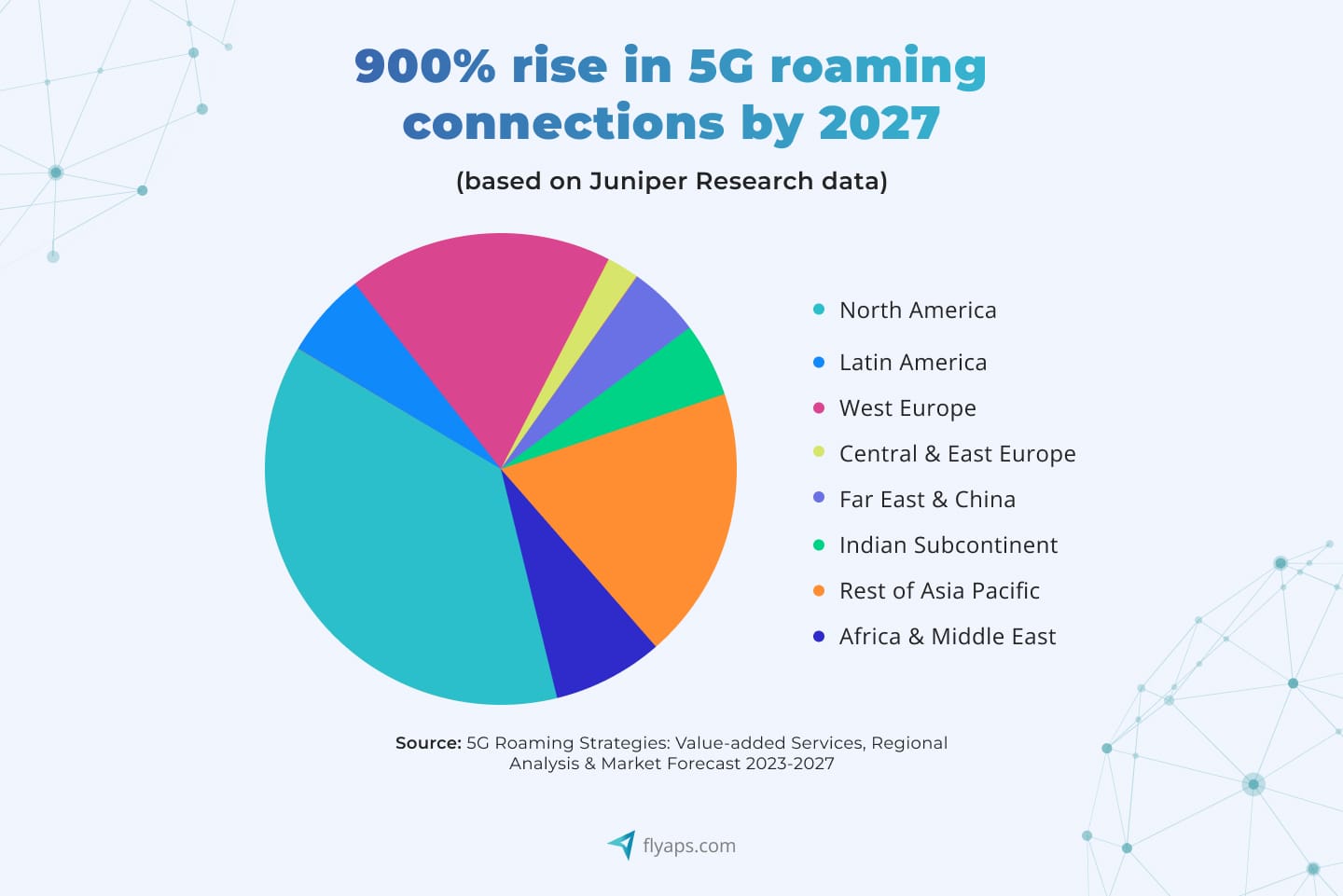
When a user roams in a foreign country, instead of being placed on a one-size-fits-all network, different network slices allow them to connect to a dedicated slice optimized for their service needs. For example, a business traveler using high-bandwidth applications can roam on a slice configured for enhanced mobile broadband, ensuring fast and reliable data connections. In contrast, a smart device with minimal data requirements can connect via a slice designed for massive machine type communication.
By offering customized network slices, mobile operators have more capabilities to guarantee service-level agreements for roaming customers, providing seamless transitions between networks while maintaining high performance. This way, users receive consistent service quality, whether they are using data-heavy applications or low-latency services like video conferencing or real-time communications.
47% of operators responding to the Kaleido Intelligence survey say they are either fully deployed or in the process of completing network slicing trials. Market leaders such as T-Mobile US and Deutsche Telekom Global Carrier have been quite vocal about how they are implementing 5G roaming. In 2023, for example, they completed successful trials of 5G standalone (5G SA) roaming — a special setup where 5G networks operate independently without relying on previous 4G infrastructure. Ulf Ewaldsson, president of technology at T-Mobile US, said that 5G SA will enable these operators to implement network slicing so their customers will have the same user experience when traveling as they do at home.
From cloud migration to telecom-specific AI solutions, we have delivered over 20 projects that are used by hundreds of MNOs and telecom companies worldwide. Check our capabilities and let’s discuss your next solution.
See our servicesWhat monetization opportunities do telcos see in 5G network slicing for roaming?
1. Network slicing allows mobile network operators (MNOs) to offer different types of roaming services depending on what each customer or device needs. For example, some users may need enhanced mobile broadband with fast speeds, while others might prioritize security. By creating these customized service options, a.k.a. network slices, operators can charge extra for premium services, especially for areas that rely on high-quality connections, like drone control or remote robotic surgery. This not only helps operators increase revenue but also allows them to meet the resource requirements of various industries.
2. With 5G network slicing, operators can charge different consumer groups differently based on how much data the device uses or how fast it needs to communicate, as mobile operators can create special slices just for IoT devices. These devices often need different types of connections, like low-power or high-speed options.
As you can see, 5G network slicing helps to meet more customer needs by offering customized slices for specific use cases. It is a very flexible approach but the level of flexibility can be even higher with Network as a Service (NaaS). Combining these network innovations with AI technologies opens up even more possibilities for dynamic resource allocation and intelligent automation - check out our insights on Generative AI use cases to see how AI drives such transformations across industries. Let’s talk about this in more detail.
The role of network slicing 5G in transforming NaaS offerings
Just like Infrastructure as a Service (IaaS) or Software as a Service (SaaS), NaaS is one of the advanced business models that offer an opportunity to rent cloud-based resources. However, instead of renting computing power or software, NaaS allows businesses to access network services, without needing to own or maintain physical infrastructure. These rented networks also can be sliced and customized. But how does it work? With NaaS, businesses can easily request cloud-based network slices customized to exactly what they need — whether it’s extra bandwidth, lower latency, or higher security — without having to invest in expensive physical infrastructure. For example, a telecom company could offer a NaaS solution to a business running critical operations like remote surgery or smart manufacturing. The telco can quickly assign a dedicated cloud-based network slice with guaranteed performance. It’s perfect for companies that need dedicated network resources but still want the flexibility and cost benefits that come with cloud-based services.
When the business no longer needs that network slice, the resources are simply deallocated or reassigned to other users, meaning the telco can efficiently use them elsewhere. This on-demand setup ensures that companies don’t have to worry about overpaying for capacity they don’t need.

Interestingly, 95% of operators who participated in Comarch’s research said they have a lot of faith in NaaS’ ability to boost their revenue—58 surveyed operators identified IoT as a key area for monetization. They can create and sell custom network slices optimized for massive machine type communication, essential for IoT connectivity. As IoT is expected to grow to 24 billion connections by 2025, this looks like a huge opportunity for telcos to generate revenue.
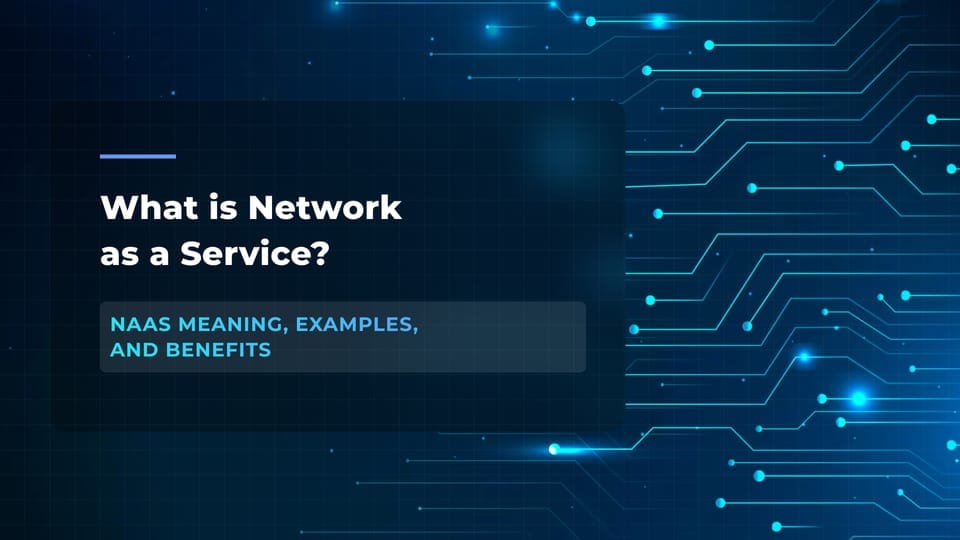
What is Network as a Service? NaaS Meaning, Examples, and Benefits
Read our article to gain deeper insights into how NaaS is transforming telecommunications.
The report shows that NaaS also allows telcos to partner with companies developing innovative, bandwidth-heavy, and ultra-low latency 5G applications. These services, such as streaming or virtual reality (VR) solutions, require robust network support. Telcos can deliver that through slices of 5G infrastructure and charge a premium for these slices, driving revenue growth.

Additionally, 42 respondent operators said they see citing public services as key partners for NaaS monetization. Telcos can offer 5G network slices tailored for essential services like smart cities, emergency response systems, or defense, which require highly reliable and secure connections.
How AI and ML help telcos boost revenue with NaaS
Artificial intelligence and machine learning are typically used by operators as automation technologies. This automation not only reduces costs but also opens up new revenue opportunities. Let’s see how.
- When setting up different network slices is automated, it saves time and cuts costs. This way, these tailored services that often come with higher prices can be delivered a lot faster.
- Some operators let customers use AI development platforms to manage their own network slices. This gives businesses more control, allowing them to customize their connectivity needs further. Operators can charge extra for this flexibility.
- With NaaS, AI in telecom can automate the management of 5G network slices, ensuring seamless adjustments based on what's happening. For example, a retail company could get an automated network slice to handle peak traffic during Black Friday, and then scale down once it's over.
BT's Global Fabric is a perfect example of NaaS integrated with AI. It connects various clouds that companies use for their applications and data and helps them manage how information moves across the network. This system offers a pay-as-you-use model, allowing businesses to tailor connectivity according to real-time needs. Its integration of AI also helps automate decisions, improving the speed and efficiency of networks.

Additionally, Global Fabric reduced energy consumption by 79% compared to BT's previous networks.

The Impact of 5G and AI on Telecom Networks
For more information about how the combination of 5G and AI transforms the telecom industry, read our dedicated article
Want to capitalize on popular 5G network slicing use cases? Flyaps’ expertise can help
Let's look at how we can unlock the full potential of your 5G network slicing and drive your revenue growth.
AI-powered automation
Interested in dynamically adjusting resources, enhancing performance, and reducing operational costs associated with 5G network slicing? With our AI expertise (discover what it takes to build AI solutions in 2025), we can help you implement intelligent automation that optimizes network slice management and resource allocation in real-time. With ML algorithms, we can create a system that predicts traffic patterns and user behavior, so you minimize waste and operational costs.
Data-driven business intelligence solutions
With extensive experience in building business intelligence solutions, we help telecom operators analyze data from roaming and IoT applications. Having these insights, you can create targeted services and pricing models that open up business opportunities and drive revenue growth from 5G network slicing.
Cloud-enabled telecom solutions for 5G
We're pros in building telecom cloud solutions that enable seamless integration and management of 5G network slicing. By migrating applications to the cloud, you can improve scalability, flexibility, and efficiency in your network operations, reducing the network management complexity often associated with traditional infrastructures.
Investing in technology solutions is essential for successful monetization in telecommunications. Team up with us to access top-notch IT services for telecom and receive support for 5G network slicing.


